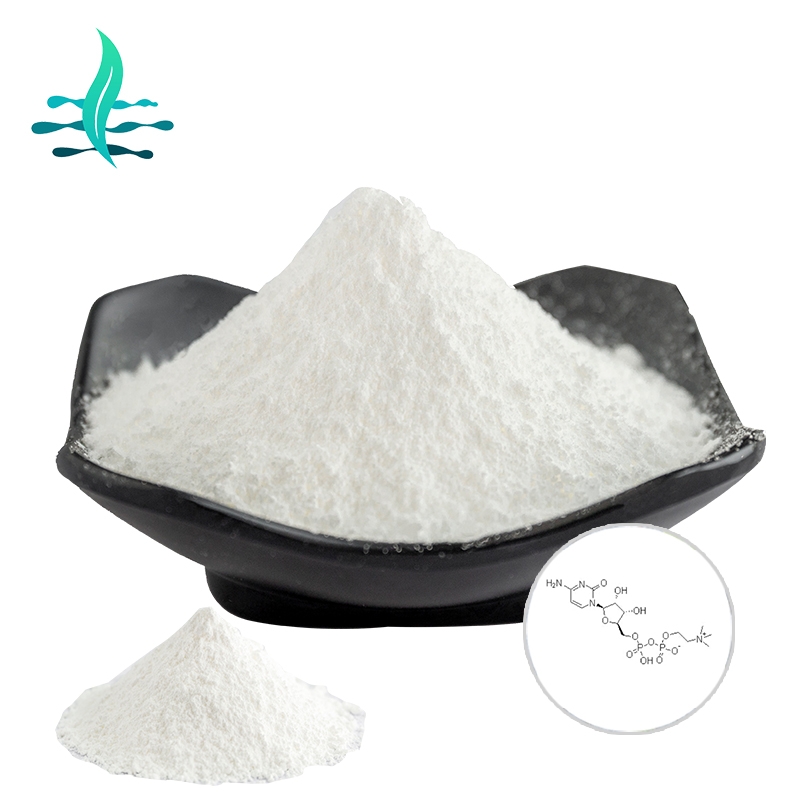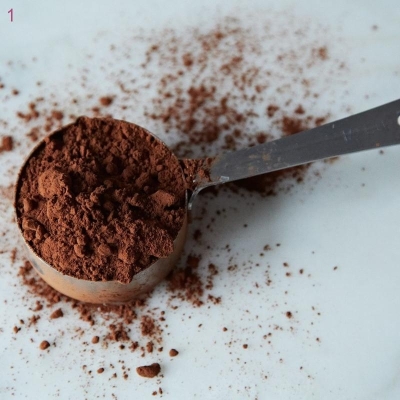-
Categories
-
Pharmaceutical Intermediates
-
Active Pharmaceutical Ingredients
-
Food Additives
- Industrial Coatings
- Agrochemicals
- Dyes and Pigments
- Surfactant
- Flavors and Fragrances
- Chemical Reagents
- Catalyst and Auxiliary
- Natural Products
- Inorganic Chemistry
-
Organic Chemistry
-
Biochemical Engineering
- Analytical Chemistry
- Cosmetic Ingredient
-
Pharmaceutical Intermediates
Promotion
ECHEMI Mall
Wholesale
Weekly Price
Exhibition
News
-
Trade Service
Several species of filamentous fungi contain so-called dispensable or supernumerary chromosomes. These chromosomes are dispensable for the fungus to survive, but may carry genes required for specialized functions, such as infection of a host plant. It has been shown that at least some dispensable chromosomes are able to transfer horizontally (i.e., in the absence of a sexual cycle) from one fungal strain to another. In this paper, we describe a method by which this can be shown. Horizontal chromosome transfer (HCT) occurs during co-incubation of two strains. To document the actual occurrence of HCT, it is necessary to select for HCT progeny. This is accomplished by transforming two different drug-resistance genes into the two parent strains before their co-incubation. In one of the strains (the “donor”), a drug-resistance gene should be integrated in a chromosome of which the propensity for HCT is under investigation. In the “tester” or “recipient” strain, another drug-resistance gene should be integrated somewhere in the core genome. In this way, after co-incubation, HCT progeny can be selected on plates containing both drugs. HCT can be initiated with equal amounts of asexual spores of both strains, plated on regular growth medium for the particular fungus, followed by incubation until new asexual spores are formed. The new asexual spores are then harvested and plated on plates containing both drugs. Double drug-resistant colonies that appear should carry at least one chromosome from each parental strain. Finally, double drug-resistant strains need to be analysed to assess whether HCT has actually occurred. This can be done by various genome mapping methods, like CHEF-gels, AFLP, RFLP,
PCR
markers, optical maps, or even complete genome sequencing.







